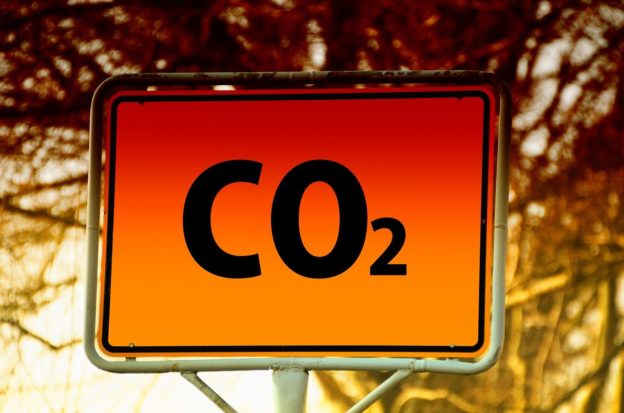After a long trialogue with the Commission and Council, the European Parliament has just adopted the new border carbon adjustment mechanism (CBAM).
As part of the “Green Deal” or “Fit for 55”, the EU has set itself the target of reducing its CO2 emissions by 55% by 2030.
Today, European companies subject to EU environmental standards are competing with companies established in non-EU countries whose environmental legislation is less ambitious in terms of CO2 emissions.
The new mechanism will apply a “carbon offset” to certain goods imported into the EU, if they have been produced in a carbon-intensive way. If the imported goods have been subject to “carbon offsetting” in their country of production, the MACF will not apply.
The products concerned are iron and steel, cement, fertilizer, aluminum, electricity and hydrogen.
The EU wants to encourage producers based in non-EU countries to switch to less CO2-emitting technologies, and non-EU countries to strengthen their environmental policies.
The MACF is modelled on the European Union Emissions Trading Scheme (ETS), which currently only applies to companies based in the EU. The European carbon market allocates greenhouse gas emission quotas to companies. If these quotas are exceeded, companies must pay a surcharge, the amount of which is defined by the market (around 90 euros per tonne of CO2).
Once the MACF is in place, European importers of third-party goods will have to purchase certificates from national authorities, the price of which will be indexed to that of CO2 on the European carbon market. The Commission calculates the price of CBAM certificates as the average of the closing prices of EU ETS allowances on the auction platform in accordance with the procedures set out in Regulation (EU) No 1031/2010 for each calendar week. Customs authorities will not authorize the import of goods by anyone other than an authorized CBAM declarant.
In order to account for these emissions, manufacturers established in non-EU countries are required to provide European importers with data on the CO2 emissions generated in the manufacture of imported products. Otherwise, importers will be able to apply default values to the sectors concerned – before determining this number more precisely via a cross-checking procedure.
The gradual implementation of the mechanism is due to begin on October 1, 2023. During the transition period provided for by the European executive, until the end of 2025, importers will only have to declare the C02 emissions of imported products. No carbon offsets will be paid during this declaration phase.
The European Commission must adopt the implementing acts laying down the detailed conditions for the application of the MACF and the delegated acts to complete the regulation.
Finally, the double protection afforded to EU industries by the combination of free allowances for European companies and “carbon offsetting” for foreign companies would contravene World Trade Organization (WTO) rules. This is why a gradual reduction in these free quotas on the European market is planned from 2026, until their disappearance in 2034.
The DS Avocats Customs and International Trade team is at your disposal to provide you with any additional information.
CONTACT US:

